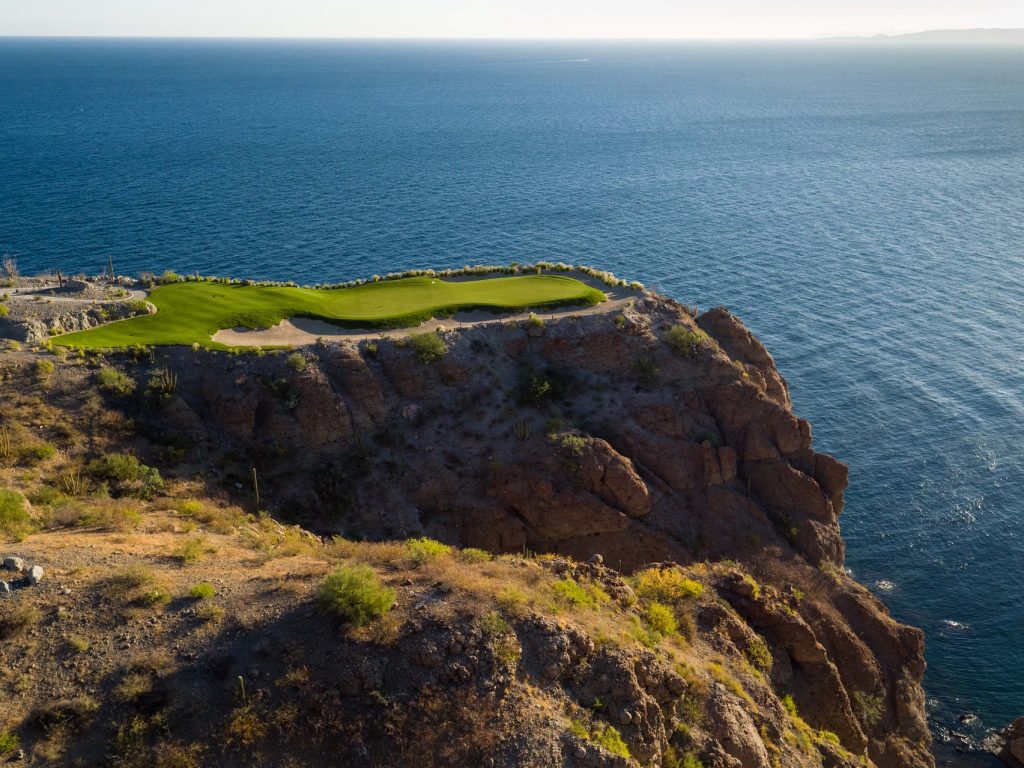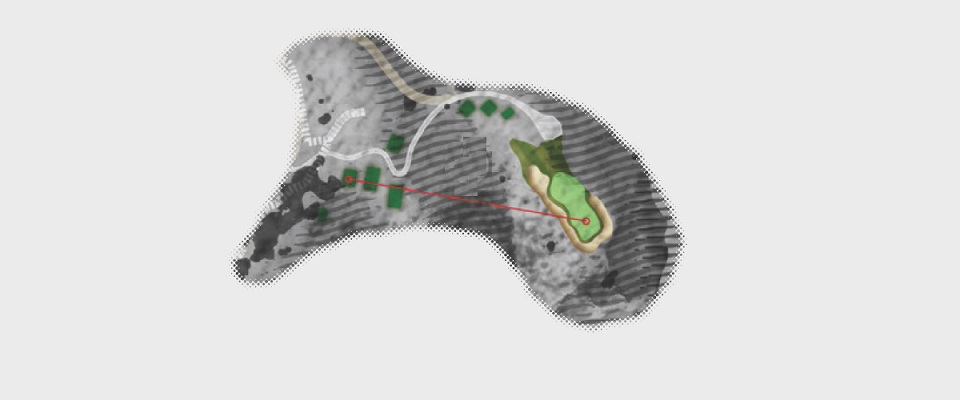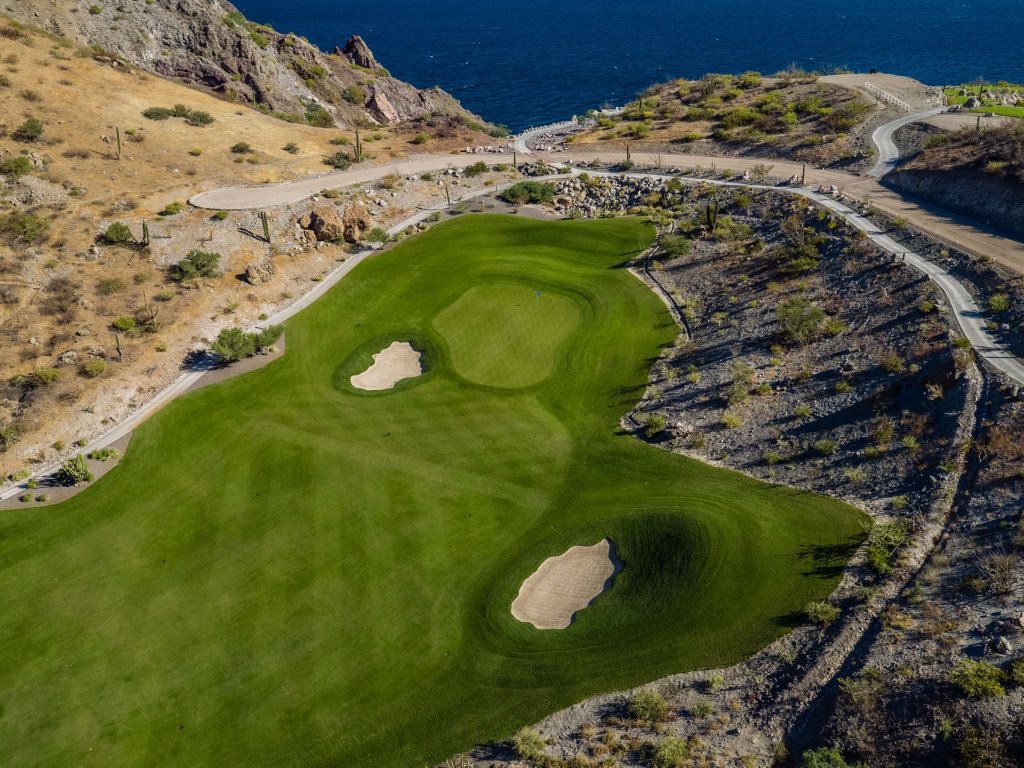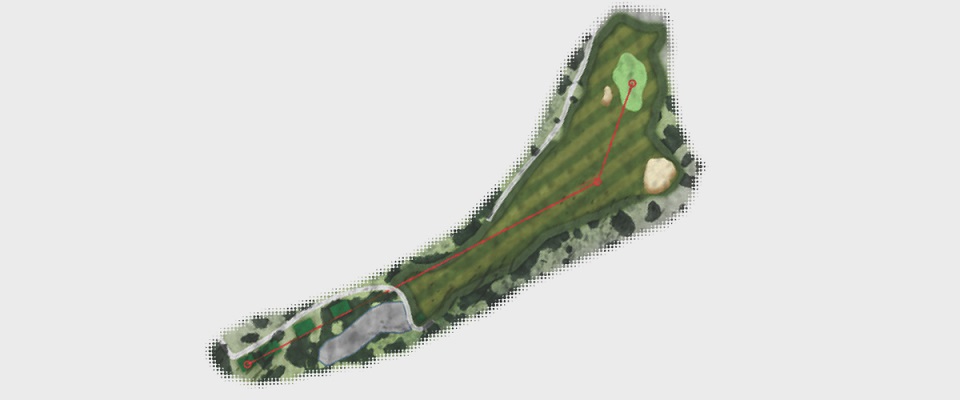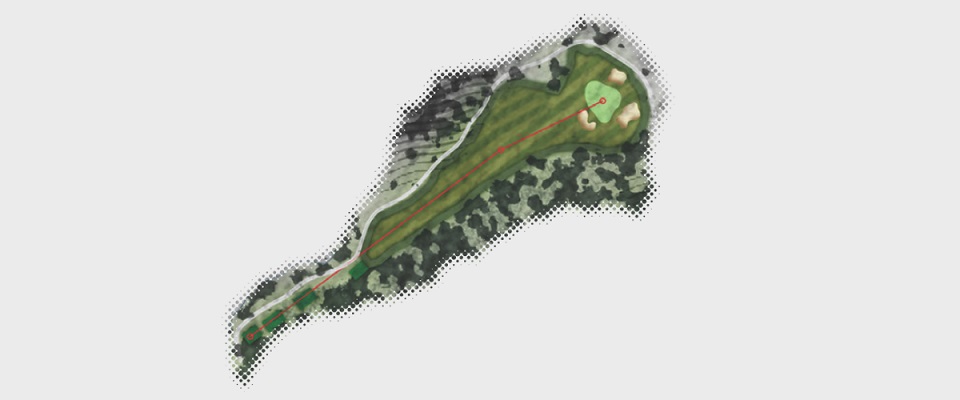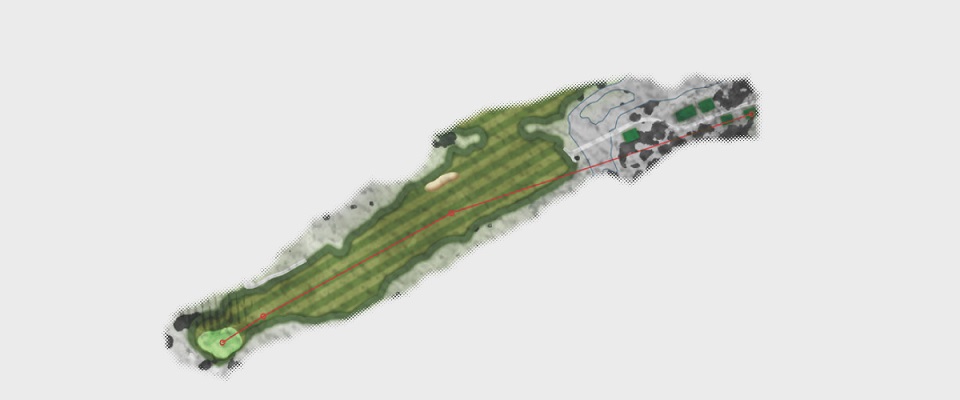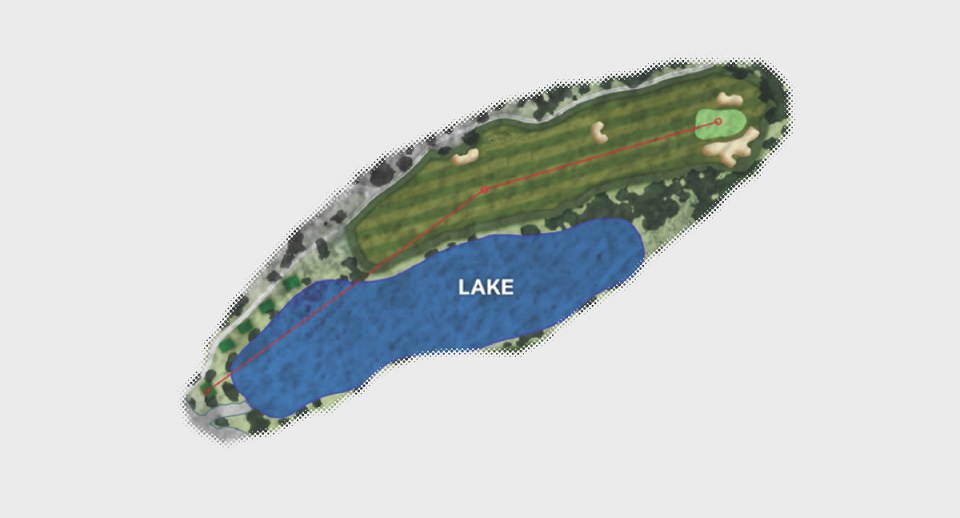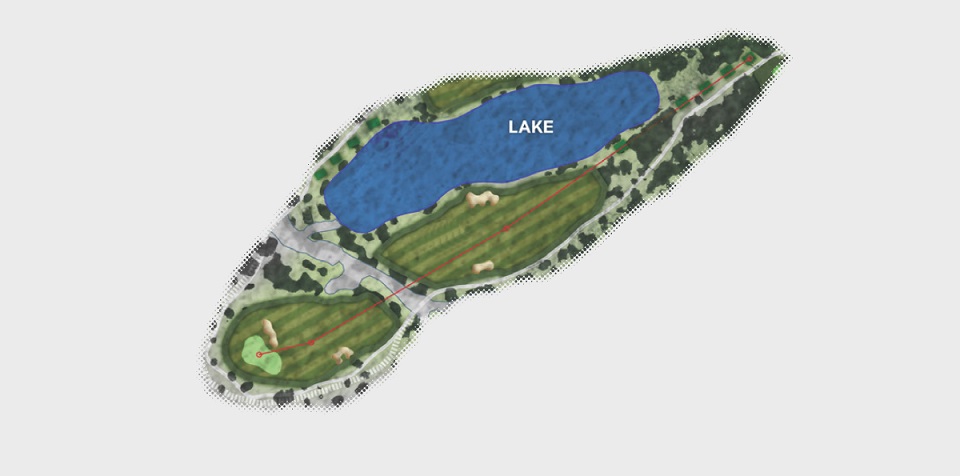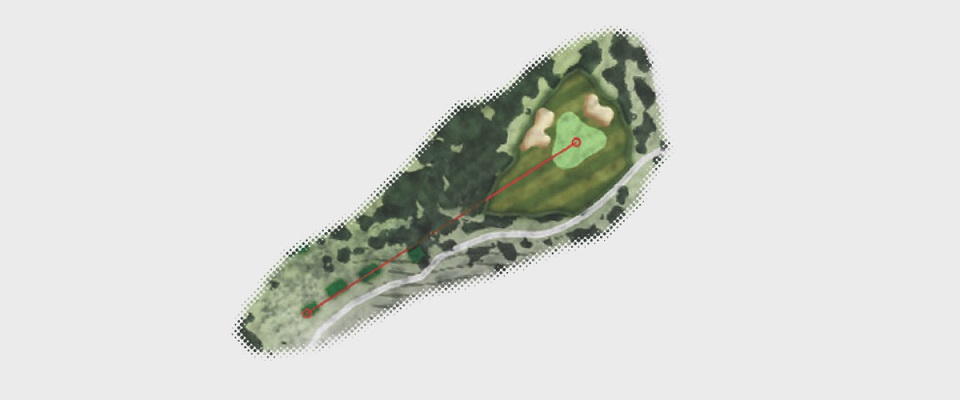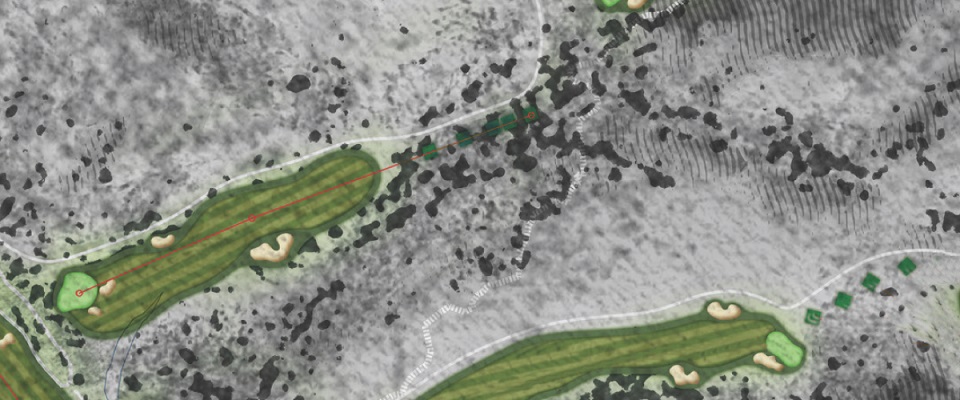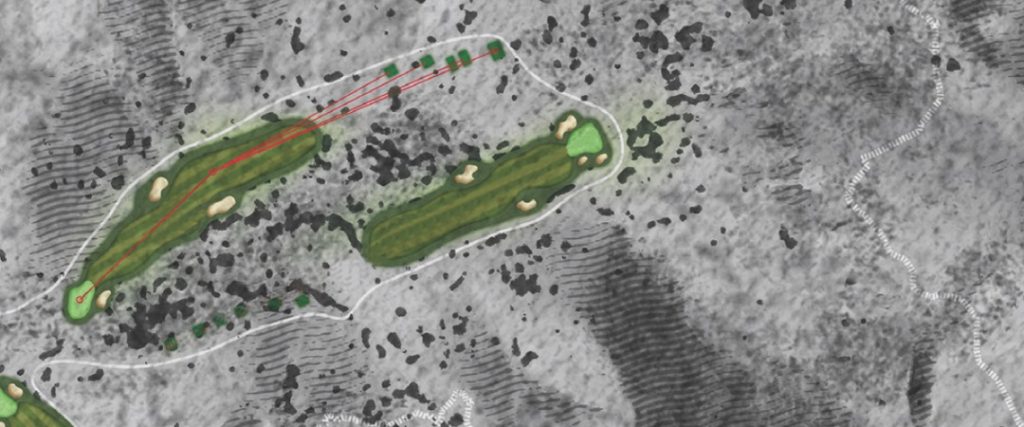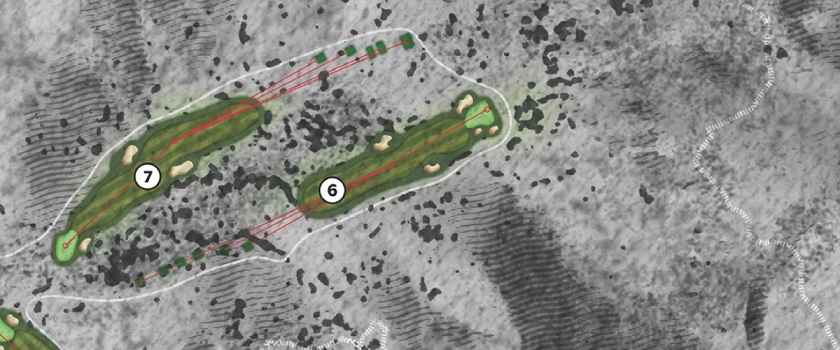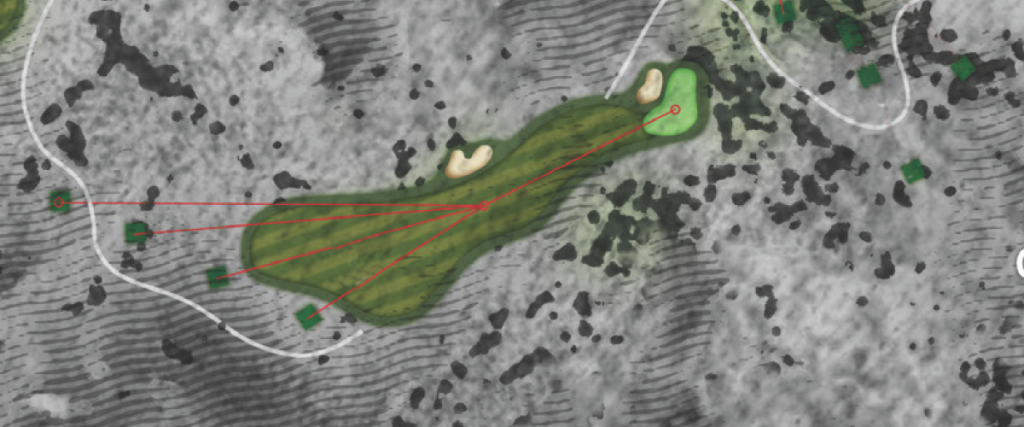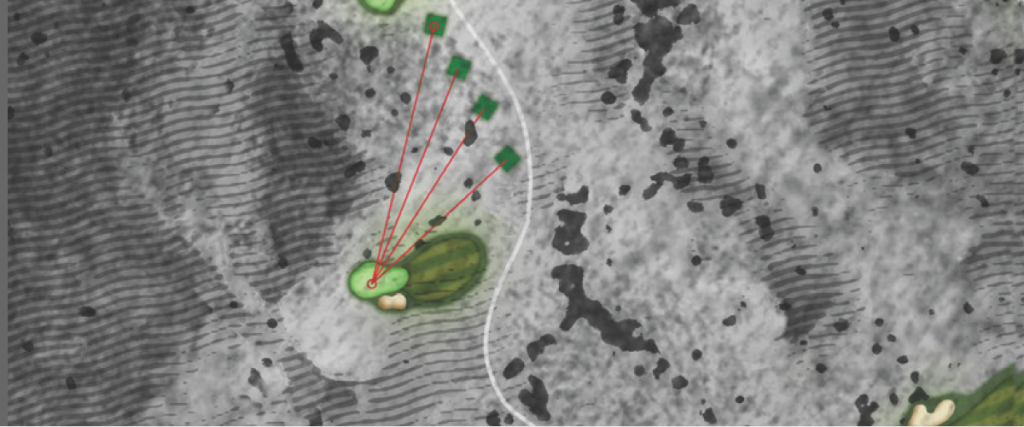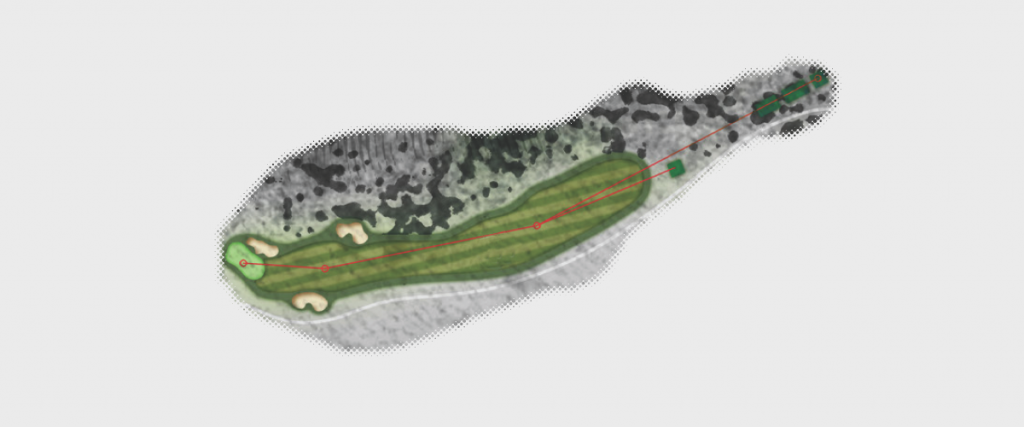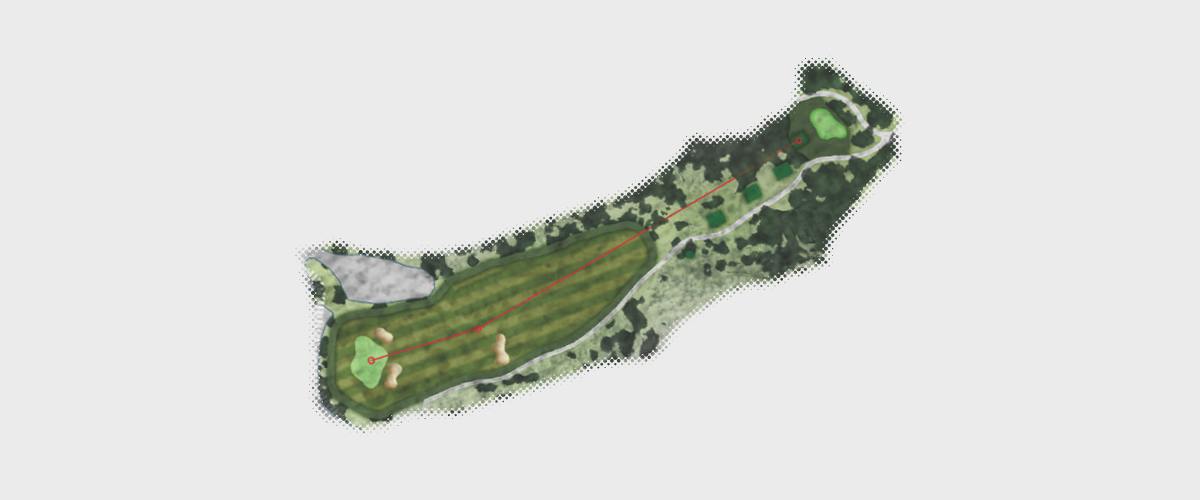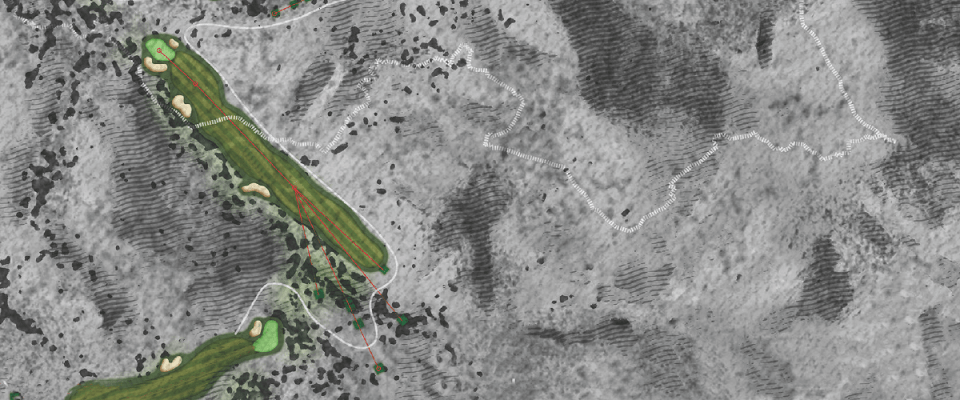Looking to hit longer drives without increasing your swing speed? The key may lie in your angle of attack—specifically, learning how to hit up on the golf ball. Whether you’re a weekend golfer or improving your game for competition, understanding how to increase your angle of attack in golf can instantly add distance off the tee.
Why Does Angle of Attack Matter in Golf?
What is angle of attack in golf?
Your angle of attack refers to whether the clubhead is moving upward or downward when it strikes the ball. For drivers, a positive angle of attack (hitting up) is ideal, while irons require a descending blow.
Why is a positive angle of attack important?
- It increases launch angle and carry distance.
- Reduces backspin for straighter shots.
- Helps golfers achieve longer drives without needing more speed.
How Can You Increase Your Angle of Attack for Better Drives?
Here are five practical strategies, including a top-rated golf swing drill for distance, to help you gain yards off the tee.
1. Tee the Ball Higher
How does tee height affect your angle of attack?
A higher tee encourages an upward strike, making it easier to create a positive angle of attack with the driver.
Tip: Position the ball forward in your stance and tee it so half the ball is above the top of the clubface.
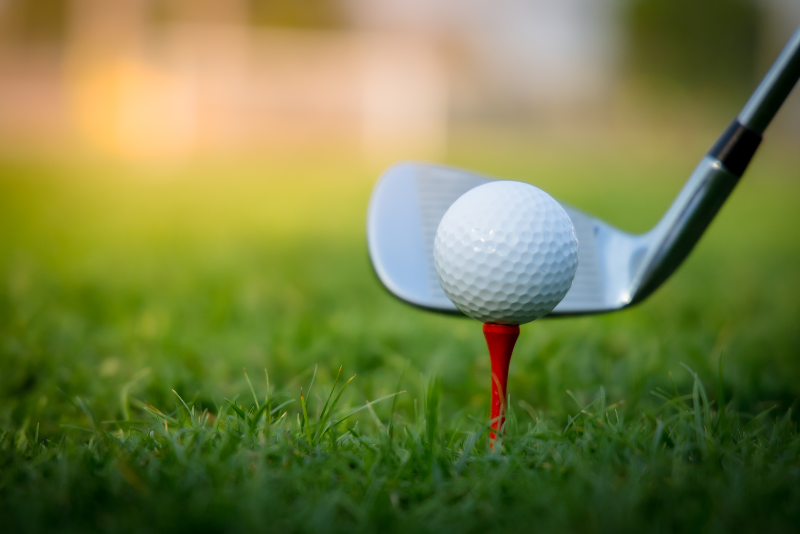

2. Understand the Two Types of Golf Swings
Why do irons and drivers require different swings?
- Irons and wedges: Need a descending blow to compress the ball and launch it.
- Drivers and fairway woods: Benefit from an ascending swing to maximize distance.
Recognizing this helps you adapt your swing and avoid using your iron swing off the tee.


3. Use This Drill to Learn How to Hit Up on the Golf Ball
If you’re struggling to generate a positive angle of attack, try this swing drill for distance from GOLF Magazine Top 100 Teacher Jonathan Yarwood:
Step-by-step drill:
- Put your lead hand in your pocket.
- Grip the club with your trail hand only.
- Swing back to the top.
- Start your downswing by bumping your lead hip forward and dropping your trail shoulder.
- Drop your head back and throw the club through the ball.
“Stay back and throw it,” says Yarwood. “It helps increase your angle of attack and generate more dynamic loft for longer, straighter drives.”
Once you master the feel, return to your full swing and apply the same motion.
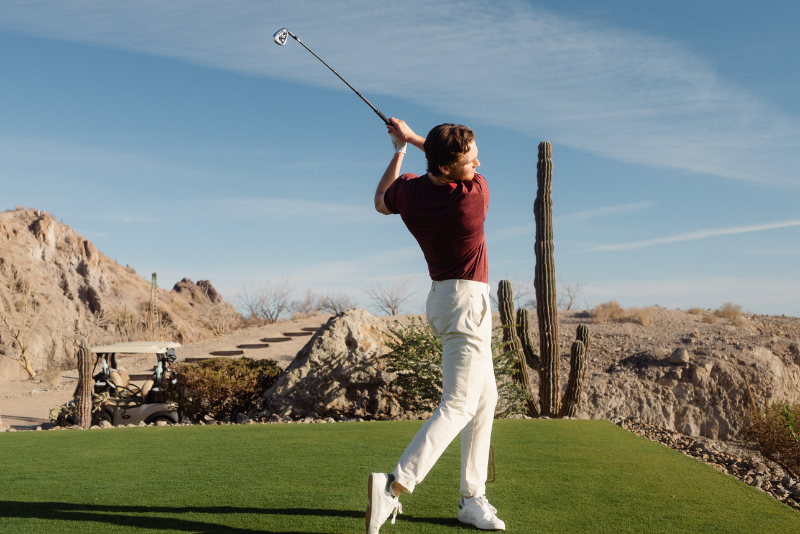

4. Stay Behind the Ball at Impact
Why is it important to stay behind the ball when driving?
Keeping your head and upper body behind the ball during impact:
- Encourages a positive attack angle
- Promotes a higher launch
- Prevents casting or early extension
Visualization: Imagine pushing the ball upward with the driver face as you swing through it.


5. Combine the Feel Drill With Your Full Swing
After doing the drill, go back to your two-handed grip and swing fully:
- Maintain the “stay back and throw it” sensation.
- Focus on swinging up and through the ball.
- You’ll notice your driver launching higher and traveling farther with less effort.
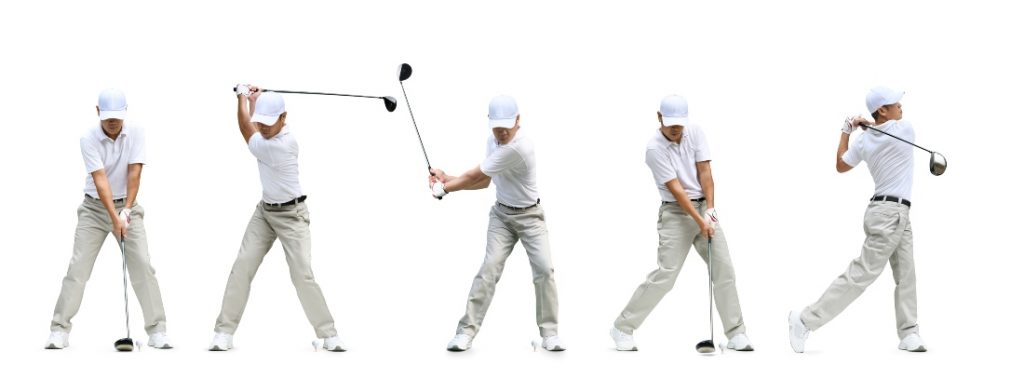

Frequently Asked Questions
How can I hit longer drives without swinging harder?
By improving your angle of attack and optimizing your launch conditions, you can add distance without increasing your clubhead speed.
What is the best drill to hit up on the golf ball?
Jonathan Yarwood’s one-handed drill is one of the most effective ways to feel and practice a positive angle of attack.
Is tee height really that important for distance?
Yes. A higher tee encourages an ascending strike, helping produce a positive angle of attack and improving carry distance.
What’s a good angle of attack with a driver?
Most recreational golfers benefit from an angle between +2 and +5 degrees. This helps launch the ball higher while keeping spin rates manageable.
Final Thoughts: Master Your Swing, Not Just Your Speed
You don’t need a gym membership or swing speed trainer to hit the ball farther. With a few changes to how you swing, you can increase your angle of attack, improve launch conditions, and start seeing longer drives almost immediately.
So next time you’re on the tee box, remember: Swing smarter, not harder.








